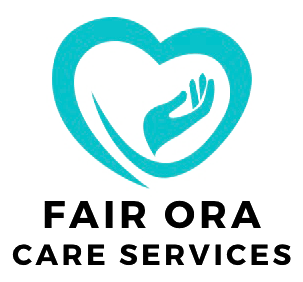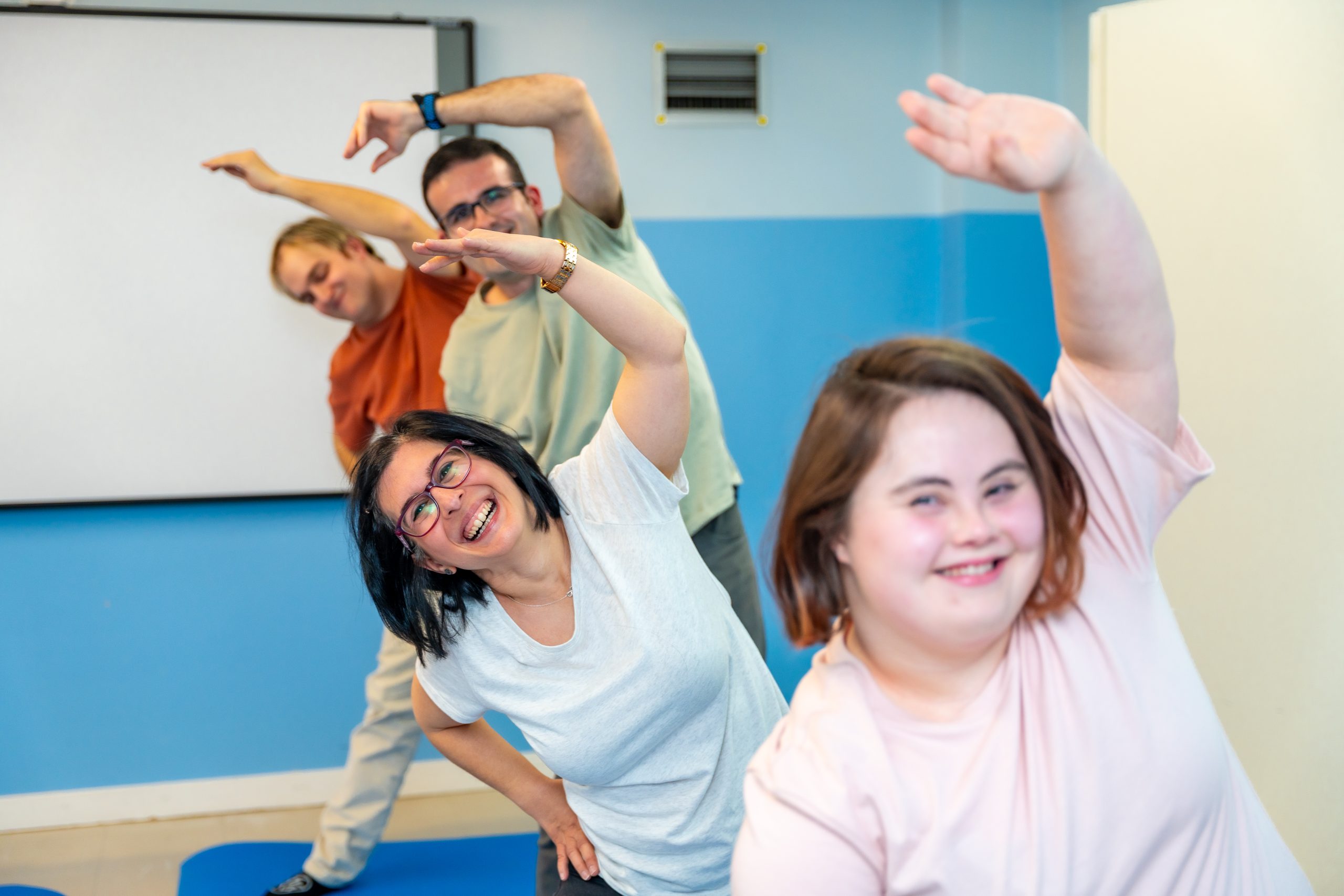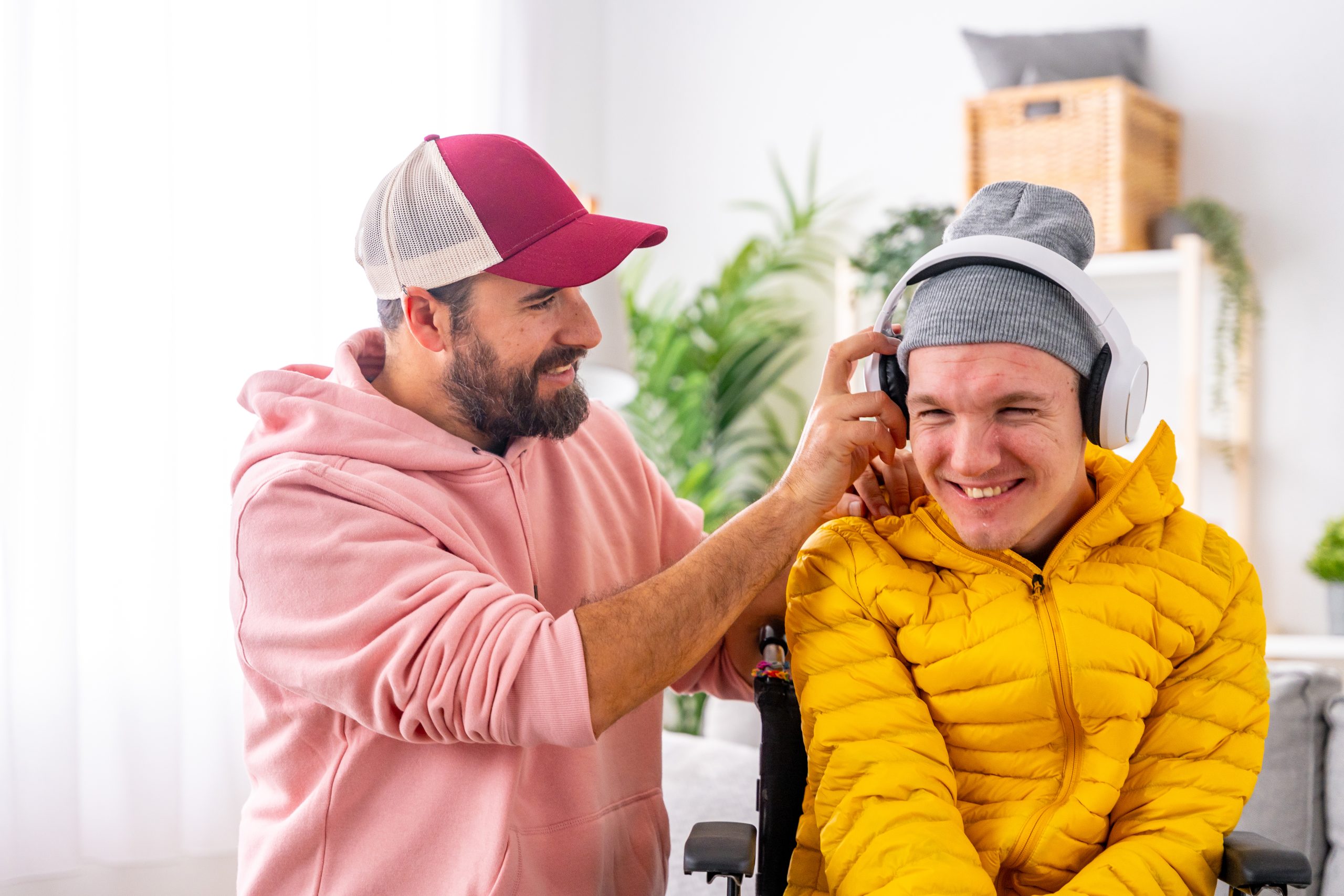Introduction
True inclusion goes beyond ramps and accessible bathrooms. It’s about belonging—having meaningful relationships, contributing to community life, and being valued for who you are rather than defined by your disability. While quality care and support services are essential, they’re just the beginning of what makes a fulfilling life.
For people with disabilities, genuine community connection is a fundamental human need and right. The “connection imperative” recognises that relationships and community participation are not luxury add-ons but essential components of wellbeing.
In this article, we’ll explore why community connections matter, the barriers that often stand in the way, and practical strategies for fostering genuine inclusion. These insights can help people with disabilities, their families, support workers, and community members create a more connected and inclusive society.
Why Community Connections Matter
The importance of social connection is well-established in research literature. Humans are inherently social beings, and meaningful relationships contribute significantly to our mental and physical health. For people with disabilities, the benefits of community connection are particularly profound:
Health and Wellbeing Benefits
Studies consistently show that social isolation is associated with poorer health outcomes across a range of measures. Conversely, meaningful social connections correlate with:
- Lower rates of depression and anxiety
- Reduced stress levels
- Better immune function
- Longer life expectancy
- Improved recovery from illness and injury
Research published in the Journal of Intellectual Disability Research found that people with intellectual disabilities who had stronger community ties reported significantly higher life satisfaction and demonstrated better adaptive behaviours compared to those with limited social networks.
Identity and Purpose
Beyond the health benefits, community connections provide essential psychological needs:
- Identity development: Relationships help us understand who we are in relation to others
- Purpose and meaning: Contributing to community creates a sense of value and significance
- Belonging: The feeling of being accepted and included is a fundamental human need
- Social capital: Networks provide practical support and opportunities
“The measure of a good life isn’t found in clinical outcomes or support plans—it’s found in the richness of connections and the depth of belonging.”
For too long, disability services have focused primarily on care needs while treating social connection as an optional extra. Yet community participation is as essential as any other support provided to people with disabilities.
Barriers to Connection: Understanding the Challenges
Creating meaningful community connections often involves navigating significant barriers. Recognising these challenges is the first step toward addressing them:
Physical and Environmental Barriers
- Inaccessible venues and transportation
- Lack of appropriate accommodations
- Financial constraints limiting participation options
- Geographic isolation, especially in rural areas
Attitudinal Barriers
- Stigma and misconceptions about disability
- Low expectations about participation potential
- Discomfort or unfamiliarity among community members
- Overprotection from family or service providers
Systemic Barriers
- Service models that prioritise care over connection
- Funding structures that don’t adequately support community participation
- Limited flexibility in support arrangements
- Lack of coordination between disability services and community organisations
Personal Barriers
- Communication difficulties
- Social anxiety or past negative experiences
- Limited opportunities to develop social skills
- Lack of confidence or self-advocacy skills
These barriers are real but not insurmountable. With thoughtful strategies and committed support, each can be addressed to create pathways to meaningful connection.
A Comprehensive Approach to Fostering Community Connections
A comprehensive approach to fostering community connections goes beyond traditional support models and includes several key elements:
1. Connection-Focused Planning
Community participation shouldn’t be an afterthought in support planning—it should be central to how services are designed. Effective planning processes include:
- Relationship mapping: Identifying existing connections and potential opportunities
- Interest exploration: Uncovering passions that can lead to natural connections
- Community asset mapping: Researching local resources and opportunities
- Barrier analysis: Identifying and planning to address specific connection challenges
This planning should occur collaboratively with participants, recognising them as the experts in their own preferences and aspirations.
2. Building Connection Capacity
Creating community connections often requires specific skills and confidence. Effective support includes:
- Social skills development: Practical coaching tailored to specific community contexts
- Communication support: Strategies and tools to facilitate interaction
- Confidence building: Graduated exposure to social situations with appropriate support
- Self-advocacy training: Skills for expressing preferences and needs
These capacity-building approaches should be embedded in day-to-day support rather than delivered as separate programs.
3. Bridge-Building with Communities
Creating connection is a two-way process that involves preparing communities as well as supporting individuals. Bridge-building activities include:
- Community education: Working with local organisations to increase disability awareness
- Consultation services: Advising businesses and groups on inclusive practices
- Partnership development: Creating formal collaborations with community organisations
- Success showcasing: Highlighting positive inclusion examples to inspire others
Through these activities, communities become more ready and willing to welcome people with disabilities as valued members.
4. Support Worker as Community Connector
Support workers play a critical role in facilitating connections. They should be selected and trained to be:
- Connection facilitators, not barriers (knowing when to step back)
- Community navigators with knowledge of local resources
- Relationship builders skilled in facilitating natural interactions
- Inclusion advocates who can educate community members in the moment
This role requires a different skill set than traditional care work, requiring specific development of these capabilities.
5. Measuring What Matters
Success should be evaluated not just on clinical outcomes or service hours but on meaningful connection metrics:
- Growth in social networks
- Diversity of relationships
- Depth of community participation
- Participant satisfaction with social connections
- Development of natural supports that reduce reliance on paid services
These measures ensure accountability to the vision of support that goes beyond care to foster genuine community belonging.
Real Stories of Connection
Note: The following examples are composite stories based on real experiences, with details changed to protect privacy.
Finding Voice Through Music
Raj had always loved music but had few opportunities to express this passion. His support coordinator worked with him to explore local music options, eventually connecting him with a community choir that welcomed members of all abilities.
Initially, Raj attended with substantial support from his worker, who helped navigate transportation and social interactions. Over time, choir members began offering Raj rides, inviting him to social events, and valuing his musical contributions.
Today, Raj is an established choir member with friendships that extend beyond rehearsals. His support worker now attends only occasionally, as Raj has developed natural supports within the group. “Music was the bridge,” Raj explains, “but friendship is what I found on the other side.”
The Neighbourhood Connection Project
A group of individuals with disabilities living in the same suburb expressed feeling invisible in their own community. Rather than creating a segregated social group, a “Neighbourhood Connection Project” focused on local engagement was initiated.
The project began with participants mapping community assets—the local café, library, park, and community garden. Supported by workers, participants began regularly visiting these places, introducing themselves to staff, and participating in existing activities.
Six months later, the results were remarkable:
- The café owner knows most participants by name and their preferred orders
- Several participants volunteer regularly at the community garden
- A participant with an interest in books now helps with the library’s children’s story hour
- Neighbours recognise and greet participants on local walks
These small connections have created a web of relationships that provide both practical support and a sense of belonging.
From Customer to Colleague
Emma began visiting a local craft shop with support to pursue her interest in knitting. The shop owner, impressed with Emma’s skills and enthusiasm, eventually offered her a volunteer role assisting with beginner classes.
This volunteer position provided structure for developing workplace skills, with Emma’s support worker initially present but gradually reducing assistance. As Emma’s confidence and capabilities grew, the owner offered her paid employment for four hours weekly.
“I never thought I’d be teaching others,” Emma shares. “Now people see me as someone with something to offer, not just someone who needs help.”
These stories illustrate an important principle: meaningful connections often begin with identifying a person’s gifts and interests, rather than their support needs. By focusing first on what someone can contribute, we create opportunities for reciprocal relationships based on mutual value rather than charity.
Practical Strategies for Creating Connections
Building community connections requires intentional strategies tailored to individual circumstances. Here are practical approaches that have proven effective:
For People with Disabilities
- Start with interests: Identify activities you genuinely enjoy as potential connection points
- Begin with brief, regular engagements: Become a “regular” at local businesses or events
- Look for contribution opportunities: Volunteering often creates natural relationships
- Be prepared to educate others: Sometimes a brief explanation of support needs can ease initial awkwardness
- Use technology strategically: Social media and online communities can complement in-person connections
- Expect some challenges: Not every connection attempt will succeed, and that’s normal for everyone
For Families and Caregivers
- Expand your vision: Imagine a broader life for your family member beyond services
- Share connections: Introduce your family member to your own networks
- Step back strategically: Allow space for independent relationships to develop
- Model inclusion: How you interact sets the tone for others
- Support risk-taking: Recognise that connection requires some vulnerability
- Focus on strengths: Help community members see gifts, not just support needs
For Support Workers
- Be a bridge, not a barrier: Facilitate interaction rather than speaking for the person
- Fade support strategically: Work toward the least intrusive presence needed
- Prepare the environment: Sometimes a quick conversation with community members can smooth the way
- Notice opportunities: Be alert for potential connection moments
- Transfer skills: Explicitly teach the social navigation skills you’re using
- Document successes: Record what works to build institutional knowledge
For Community Organisations
- Extend personal invitations: General “everyone welcome” statements often aren’t enough
- Focus on contribution: Create opportunities for people with disabilities to add value
- Provide clear information: Accessibility details help people prepare appropriately
- Train key personnel: Even basic disability awareness can significantly improve experiences
- Start small: Begin with manageable inclusion steps and build from there
- Seek feedback: Ask people with disabilities how to improve their experience
These strategies aren’t one-size-fits-all solutions, but they provide starting points that can be adapted to specific contexts and individual preferences.
Overcoming Common Challenges
Even with the best intentions, creating community connections involves navigating challenges. Here are strategies for addressing common obstacles:
Challenge: Initial Awkwardness or Uncertainty
Many community members have limited experience interacting with people with disabilities, leading to discomfort or uncertainty.
Solutions:
- Prepare brief, positive introductions that highlight interests and strengths
- Use humour appropriately to ease tension
- Identify and connect with “natural allies” who show openness
- Remember that comfort develops through repeated interaction
Challenge: Communication Differences
When communication styles or abilities differ, connection can be more complex.
Solutions:
- Consider communication aids or adaptations appropriate to the setting
- Share simple communication tips with key community members
- Focus initially on activities that don’t rely heavily on verbal exchange
- Allow relationships to develop at their own pace as communication familiarity grows
Challenge: Transportation and Accessibility
Practical barriers often limit participation opportunities.
Solutions:
- Investigate community transport options beyond disability-specific services
- Develop carpooling arrangements with community members when appropriate
- Advocate for improved accessibility with businesses and organisations
- Start with more accessible venues while building toward broader inclusion
Challenge: Moving from Initial Contact to Deeper Connection
Many connection efforts achieve presence but struggle to develop into meaningful relationships.
Solutions:
- Create opportunities for sharing meals, as eating together often deepens connection
- Look for shared challenges that create natural bonds
- Identify ways to reciprocate and contribute, transforming helping relationships into mutual ones
- Be patient—meaningful relationships develop over time for everyone
These challenges are not barriers but natural parts of the connection journey that require thoughtful navigation.
The Future of Inclusion: Moving from Integration to Belonging
As we look to the future, we can envision communities where the inclusion of people with disabilities moves beyond physical integration to genuine belonging. This vision includes:
Contribution-Focused Approaches
The most sustainable connections emerge when people with disabilities are seen as contributors with gifts to offer, not just service recipients. Future approaches will increasingly focus on identifying and supporting these contributions.
Technology as Connection Enabler
Emerging technologies—from accessible communication tools to inclusive social platforms—have significant potential to facilitate connections. The challenge will be ensuring these tools enhance rather than replace in-person relationships.
Reimagined Support Roles
The traditional boundaries between “disability support” and “community facilitation” will continue to blur, creating new professional roles focused specifically on building community capacity for inclusion.
Policy Evolution
Funding and policy frameworks are gradually shifting to recognise the value of community connection, with increased flexibility to support innovative approaches to inclusion.
Conclusion: The Connection Imperative
Moving beyond care to create genuine community connections isn’t just a nice addition to disability support—it’s an essential component of a life well-lived. The research is clear: meaningful relationships and community belonging are as important to wellbeing as any other aspect of support.
Creating these connections requires intention, creativity, and persistence. It means reimagining support roles, addressing barriers, and believing deeply in the right of all people to experience the richness of community life. Most importantly, it means recognising that disability is just one aspect of a person’s identity, not the defining characteristic that should determine their place in society.
Quality disability support should do more than meet needs—it should open doors to a connected, contributing life in community. This is the true measure of inclusion: not just being present in community spaces, but belonging as a valued, contributing member.
This article provides general information about community connections for people with disabilities. Every individual’s situation is unique, and strategies should be adapted to personal circumstances and preferences.



